Case studies by EOS Data Analytics
Popular tags

EOSDA Models Climate Change Impact On Sugarcane Yields
EOSDA modeled future temperature, rainfall, and other climate impacts on Veracruz sugarcane. The results help growers plan long-term adaptation strategies, including timing, varieties, and irrigation.

UK Farming Cooperative Uses SatTech To Optimize Harvest
EOSDA Crop Monitoring helped a UK farming cooperative accurately target harvesting areas with peas for either canning or freezing.
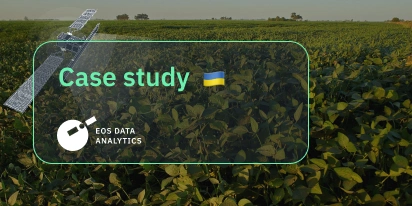
EOSDA With Crosscheck Analyzes Soybean Fields For EUDR
EOSDA used satellite imagery analysis to help Zakhidna Ahrovyrobnycha Kompaniya verify that its 122 soy fields meet EUDR rules and confirm there was no deforestation after 2020.
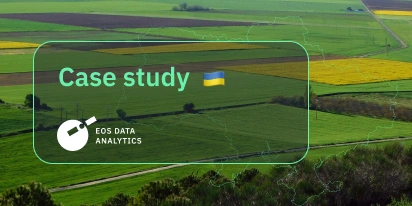
Analyzing Seized Arable Land In Ukraine For PEJ
EOSDA conducted a field-by-field satellite analysis to help Project Expedite Justice expose how Russian occupying authorities continued to farm seized land in Ukraine from 2020 to 2024.
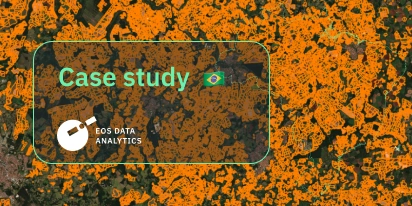
EOSDA Validates Sugarcane Mapping In São Paulo
EOSDA validated its sugarcane classification technology in São Paulo, Brazil, using Sentinel-2 data and ground-truth verification to improve mapping accuracy.
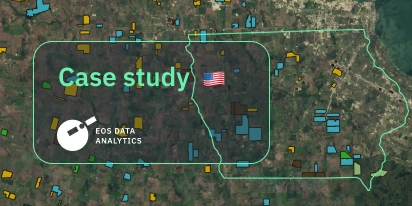
Mapping Iowa: Smarter Crop ID And Field Boundaries
Using ground-truth data and an advanced ML model, EOSDA’s science team identified field boundaries with up to 90% accuracy and classified crop and other land-use types in four Iowa counties.
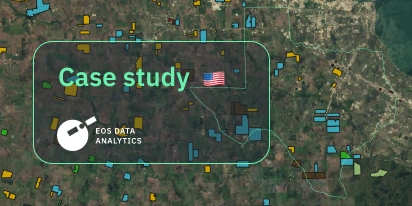
Boundaries And Crop Types: A Custom Project In Texas
EOSDA’s science team successfully identified field boundaries and classified crop types in five Texas counties using ground-truth data, own knowledge, and an advanced machine learning model.
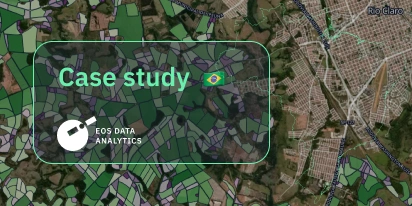
Changing Sugarcane Yield Estimation In São Paulo
EOSDA’s science team estimated sugarcane yield and production in one of the biggest producing states of Brazil, São Paulo, utilizing weather, historical, and soil data from open sources.

How Scientists Use EOSDA LandViewer: A Practical Case
Serhii Klimov and Viktoriia Troian gave insights, tips, and tricks on how and why scientists use EOSDA LandViewer in their research, as well as what is coming to the platform in 2025.